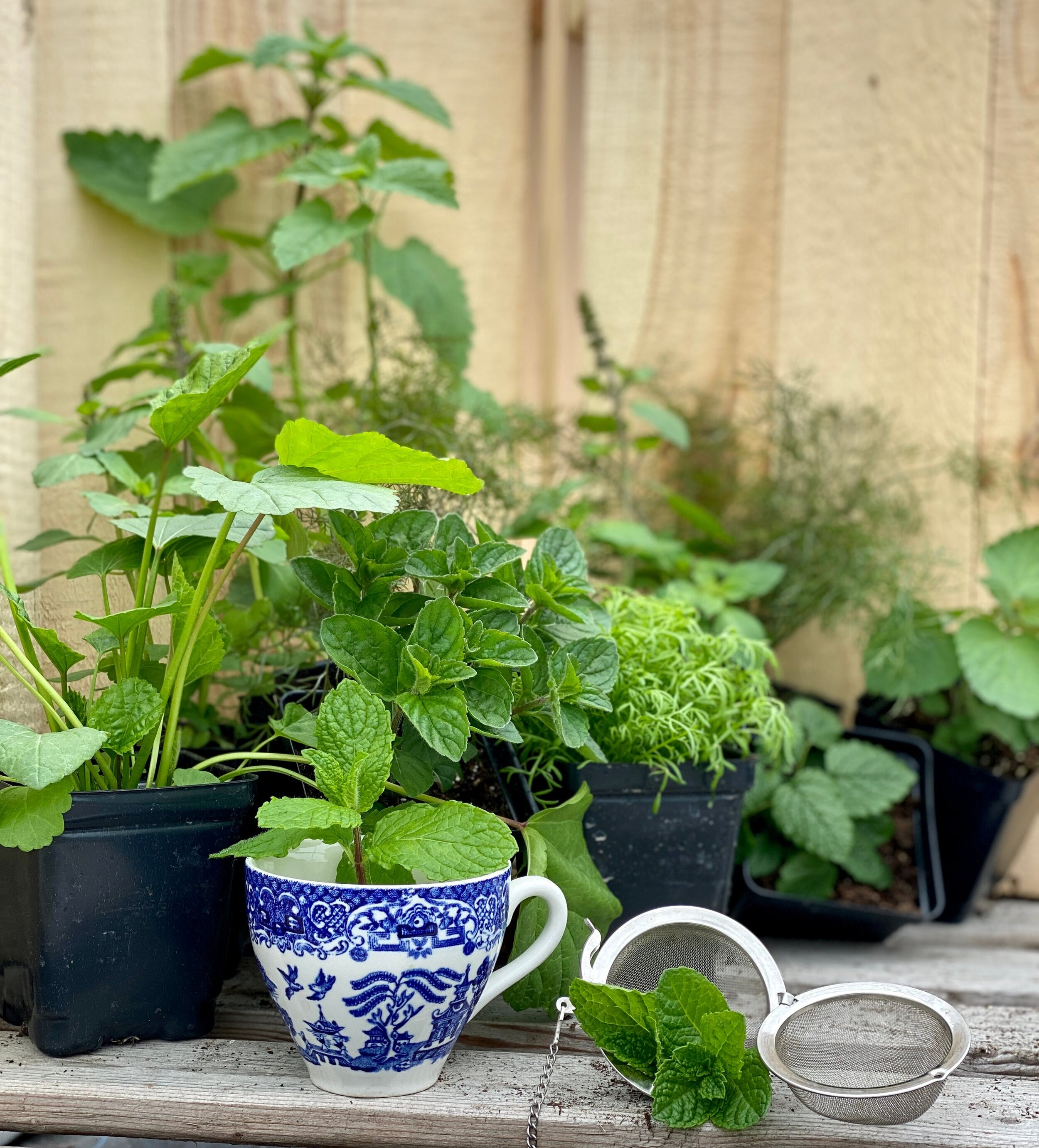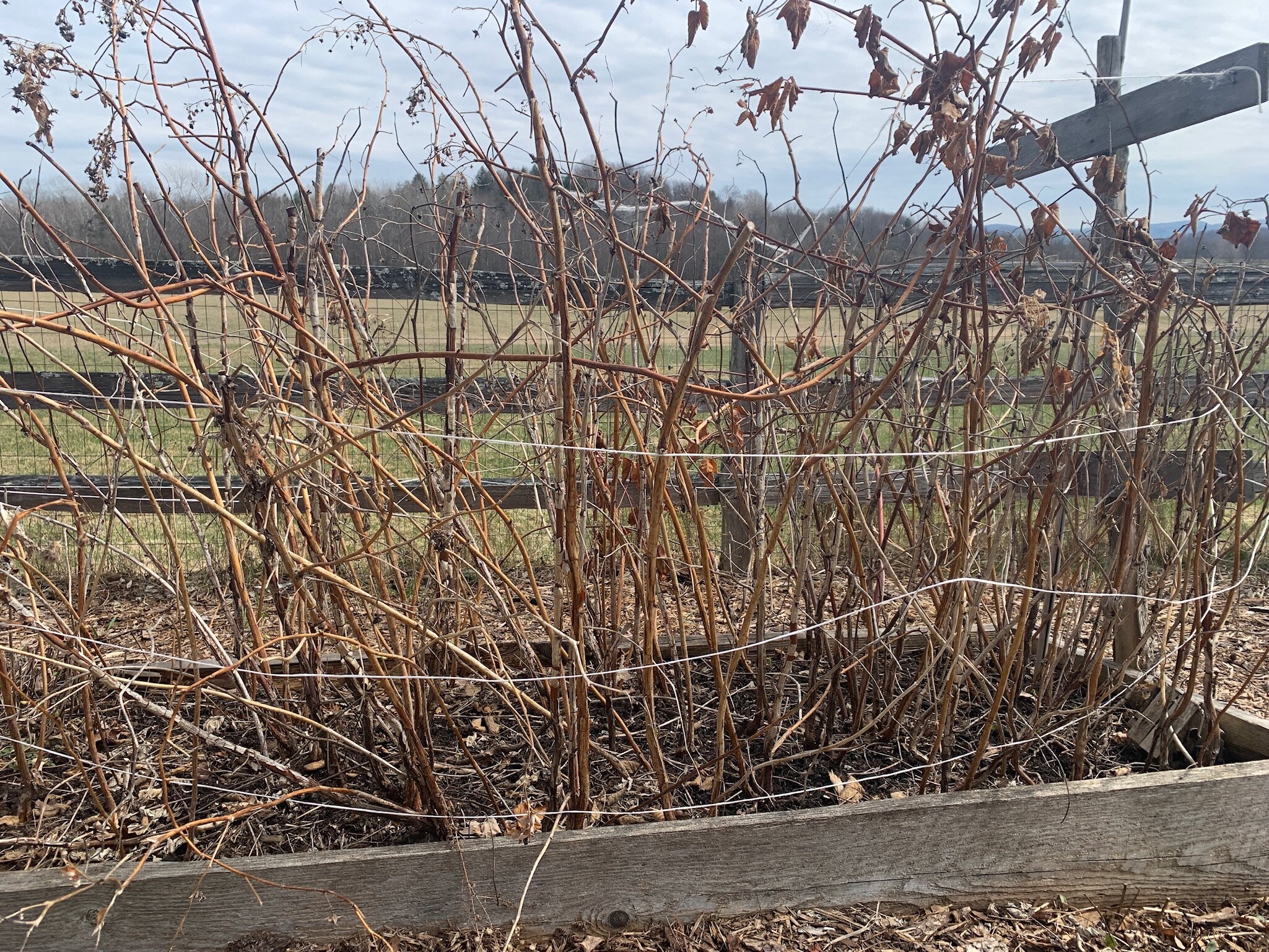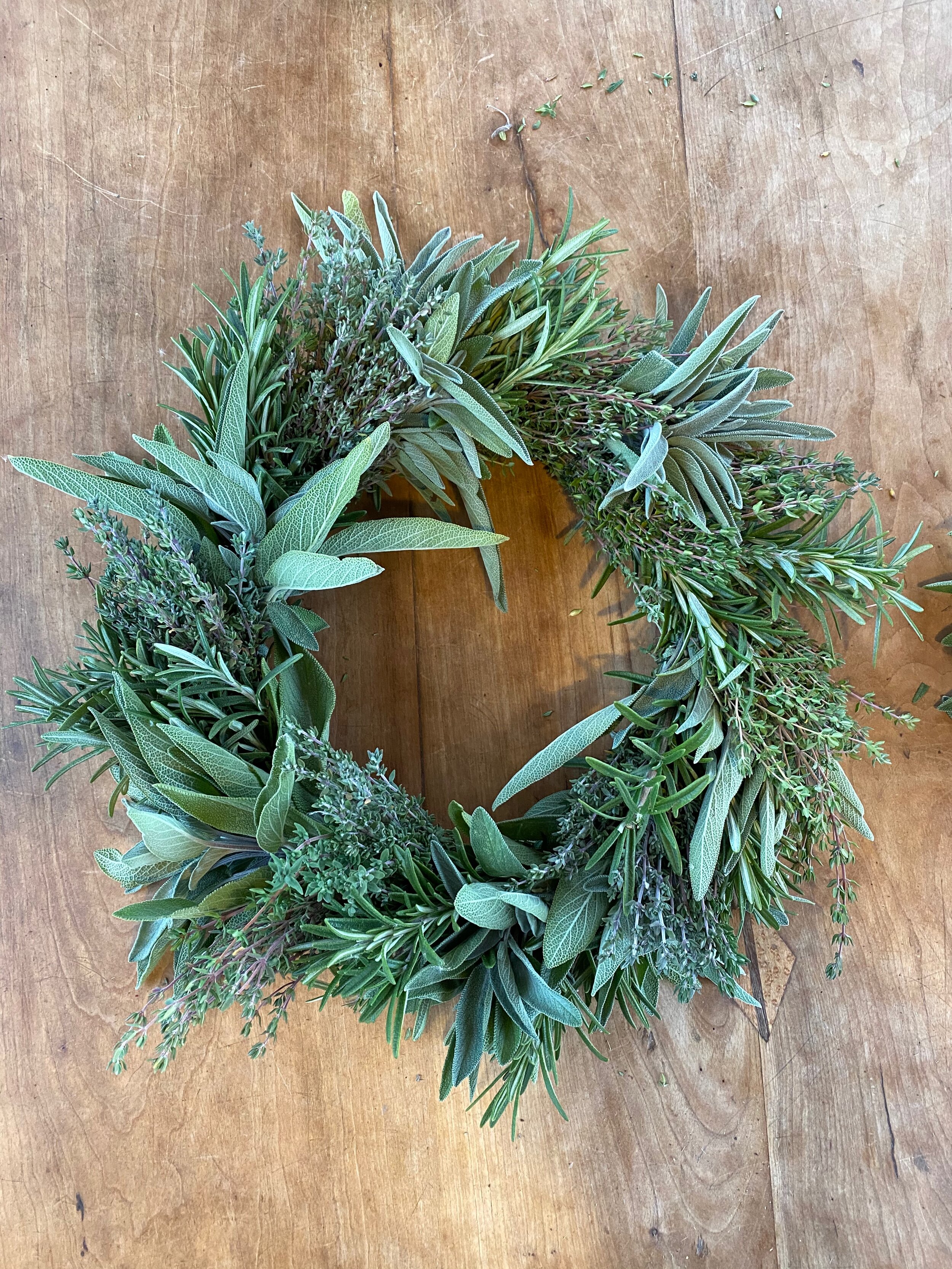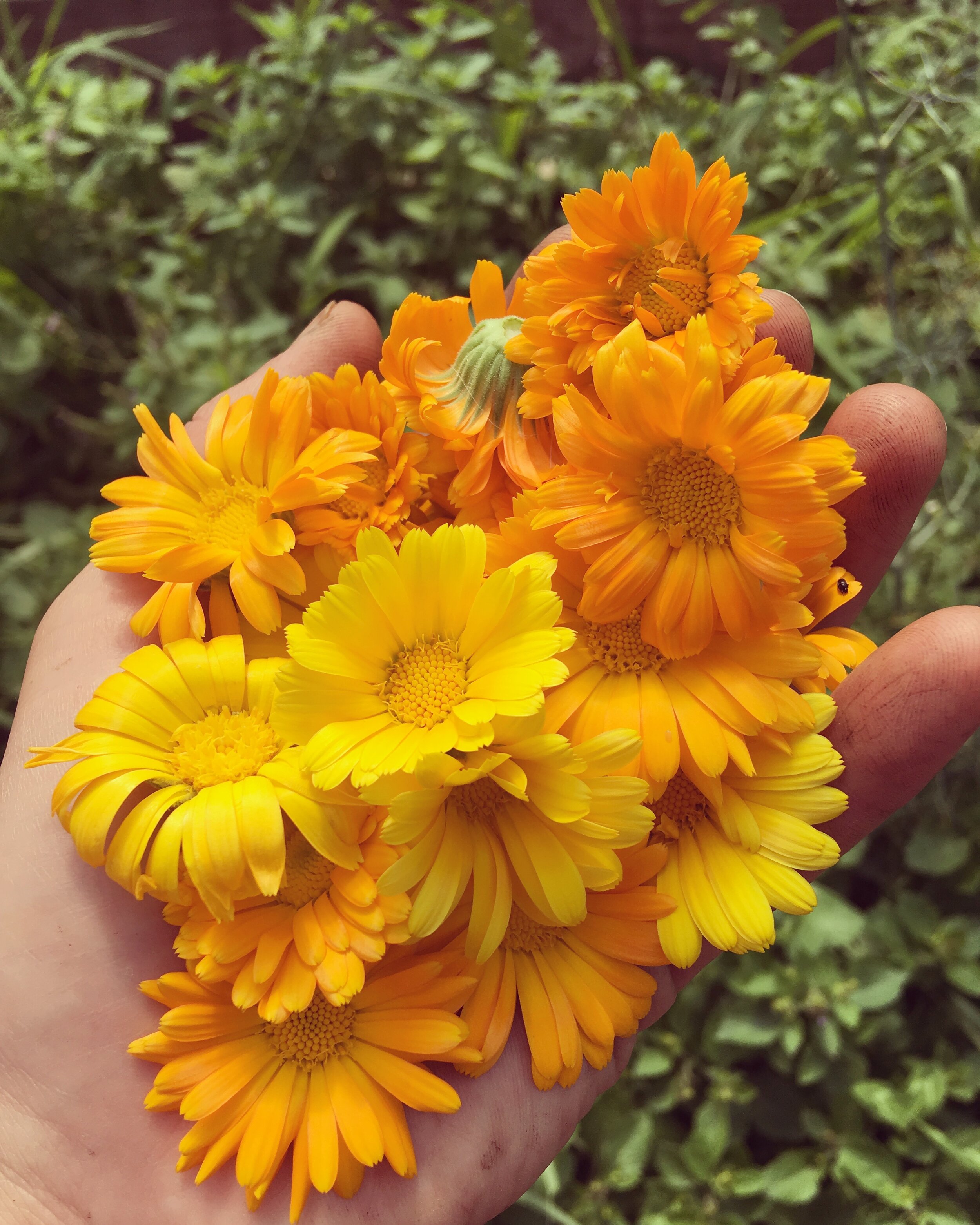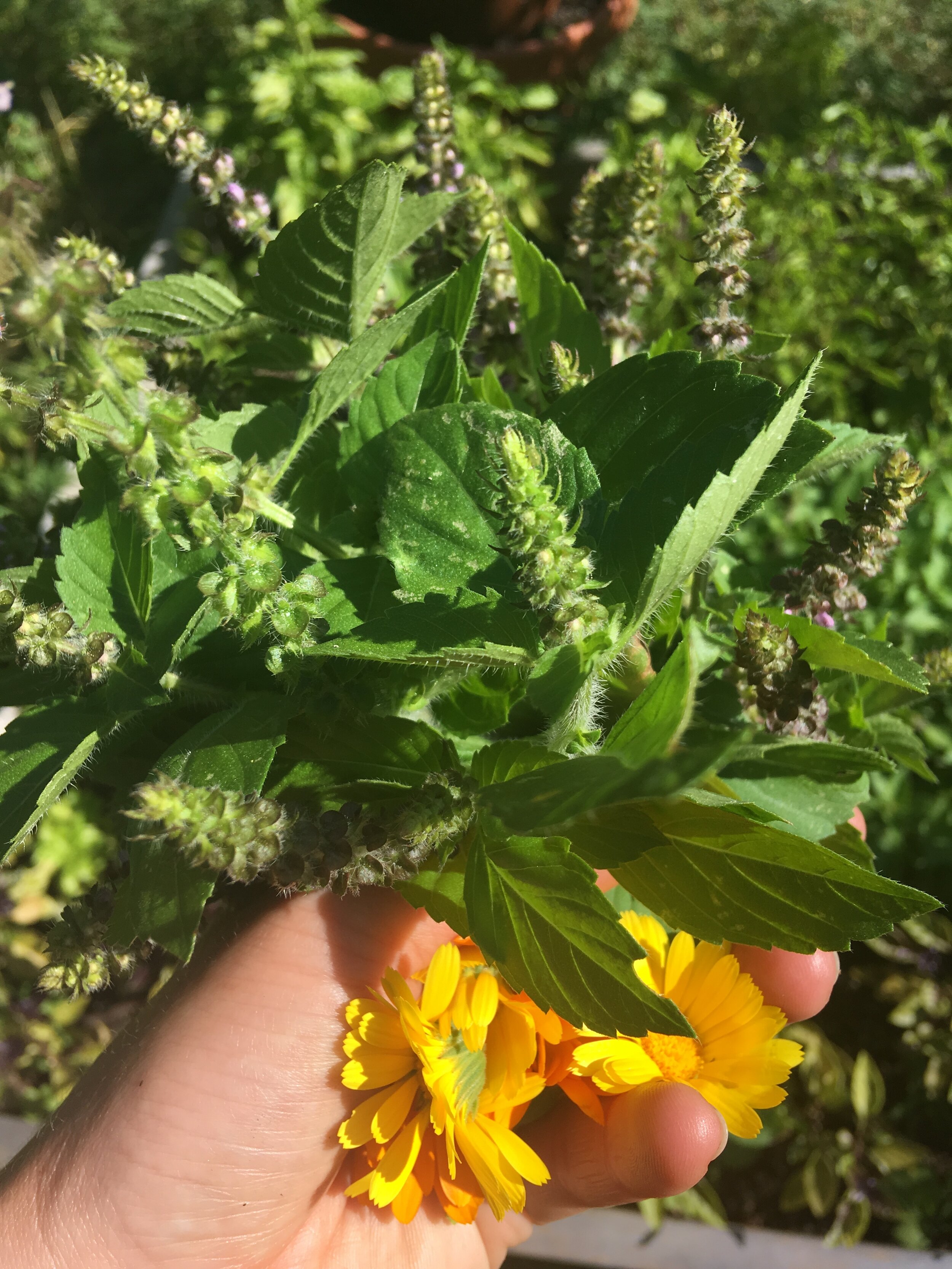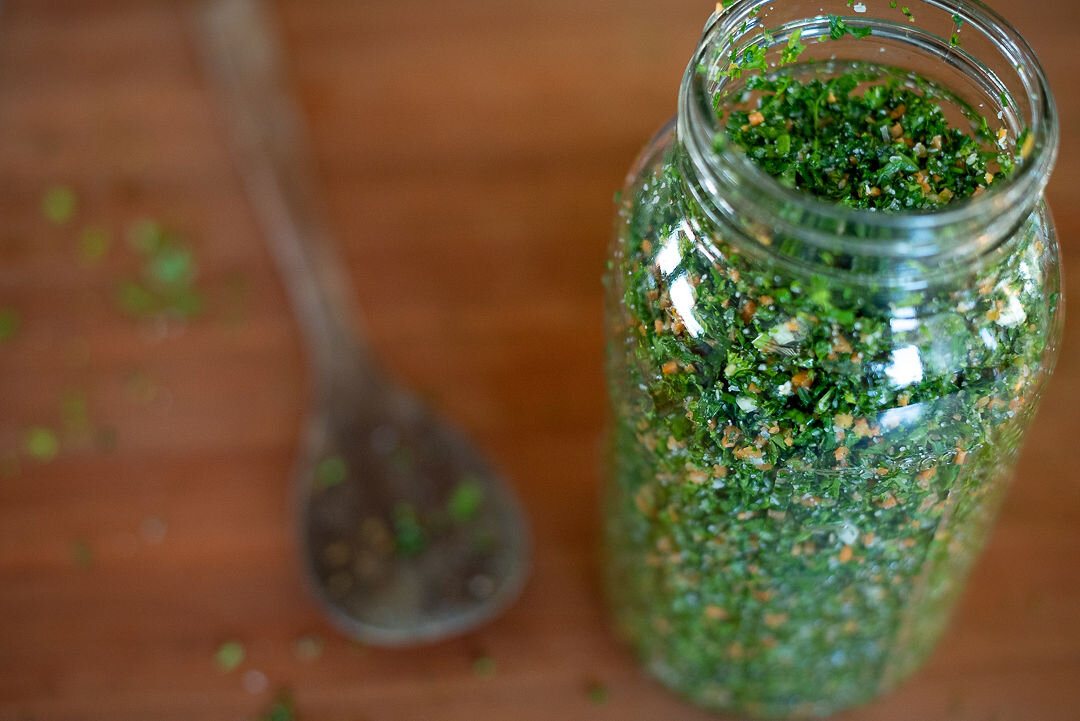2021 is going to be a big year for medicinal herb growing! With ever more people finding joy and solace in tending to plants, many folks are also realizing that home gardening can be more than just tomatoes and pansies. At Red Wagon we’re branching out as well, and growing even more herbs with traditional medicinal uses. Maybe you’re feeling ready to dive in to the world of healing herbs but a little overwhelmed at all the choices available (don’t even get me started on how *all* plants are medicinal!) Our specially tailored herb bundles are a great way to fill your garden with plants that you know you’ll use and enjoy. Additionally, we’ll offer support through educational videos and recommendations all season.
Our pre-made bundles are only available through our online store; you can also find the individual plants in our retail greenhouses when you come to shop in-person.
To help you get to know the herbs, we’ve made introductory videos for all four bundles; check them out on our Youtube channel. In the video descriptions you’ll also find some book recommendations, many of whose authors have their own super-informative youtube channels. Let these resources be a jumping-off point for your own personal experiences and kitchen experiments with the herbs!
Garden Tea Time Bundle: This kit is full of only the tastiest herbs for making fresh and dried teas. If you’re working with herbs and children, this bundle offers kids a safe and yummy way to pick their own medicine.
Skin Care Herb Bundle: This kit makes a great gift for that glowing garden goddess in your life! Infuse oils for salves and make at-home hydrosols (floral waters) with the vibrant herbs in this bundle.
Sweet Dreams Herb Bundle: Whether you need help counting sheep or just a little support getting through the stresses of the day, the herbs in this kit have got your back.
Basic Home Apothecary Bundle: If you’re ready to form long-term relationships with some perennial herbs, this bundle is full of highly regarded medicinal plants that can be harvested from for years to come. These are great herbs to use when learning how to make tinctures (shelf-stable infusions using alcohol, vinegar or glycerine).
You might be wondering how to start working with herbs early this season, in addition to planning and planting the garden. One thing I do in the spring is go through the dried herbs I still have from seasons past. Now is the time to blend up those random dried herbs to make room for this year’s bounty. I also find it much easier to drink a daily herbal infusion when I have it already mixed up in a pretty jar on the counter. Right now, I’m drinking a blend of garden staples like lemon balm, wood betony and peppermint mixed with some early spring wild plants that will be ready to harvest soon: self-heal, nettles, and red clover. These herbs are mineral rich and help support the healthy liver and lymph function to ease the transition from winter into spring.
If you still have a bunch of dried culinary herbs, try mixing them up to use on roast chicken, spring soups (Nettle and potato soup anyone?), or sprinkled on toast with butter and the first radishes of the year. And remember, culinary herbs are good medicine, too!
2021 can be the year you work more deeply with herbs as a part of your everyday life. We look forward to offering more resources, and hearing about your experiences in the garden this growing season!

